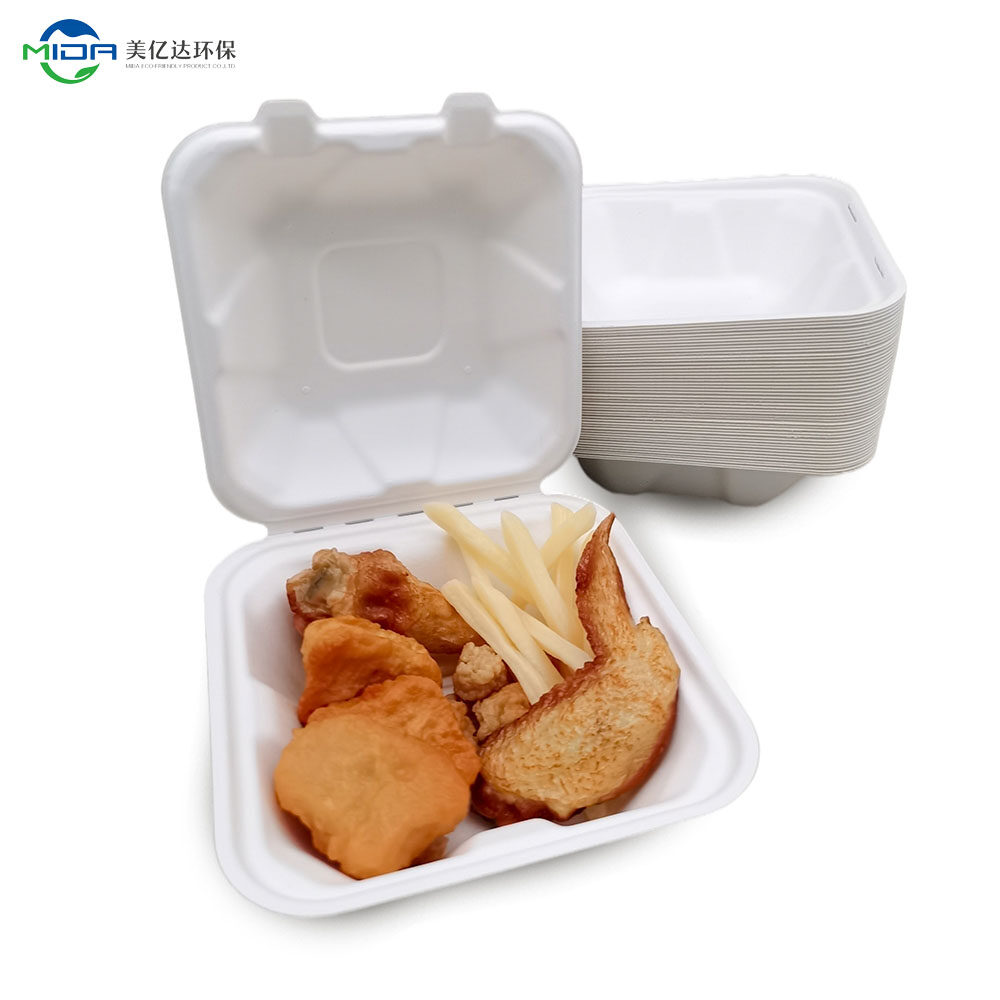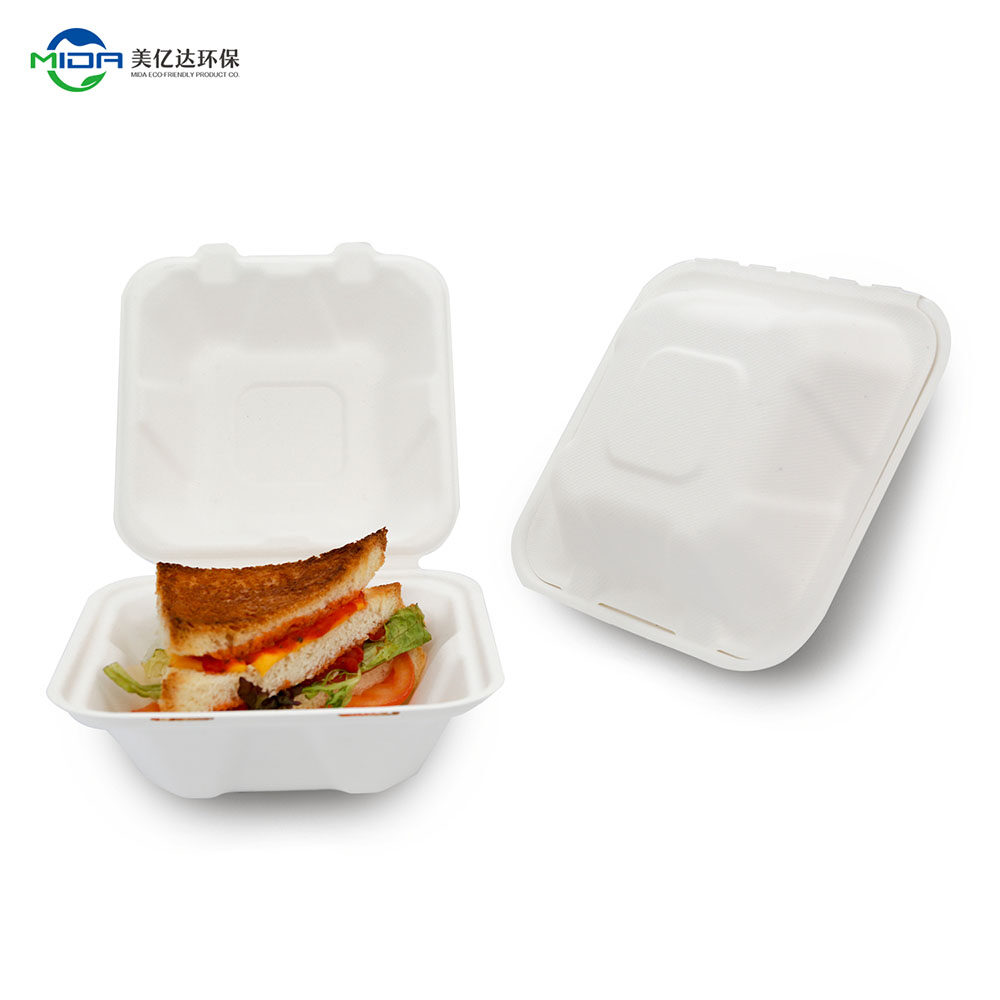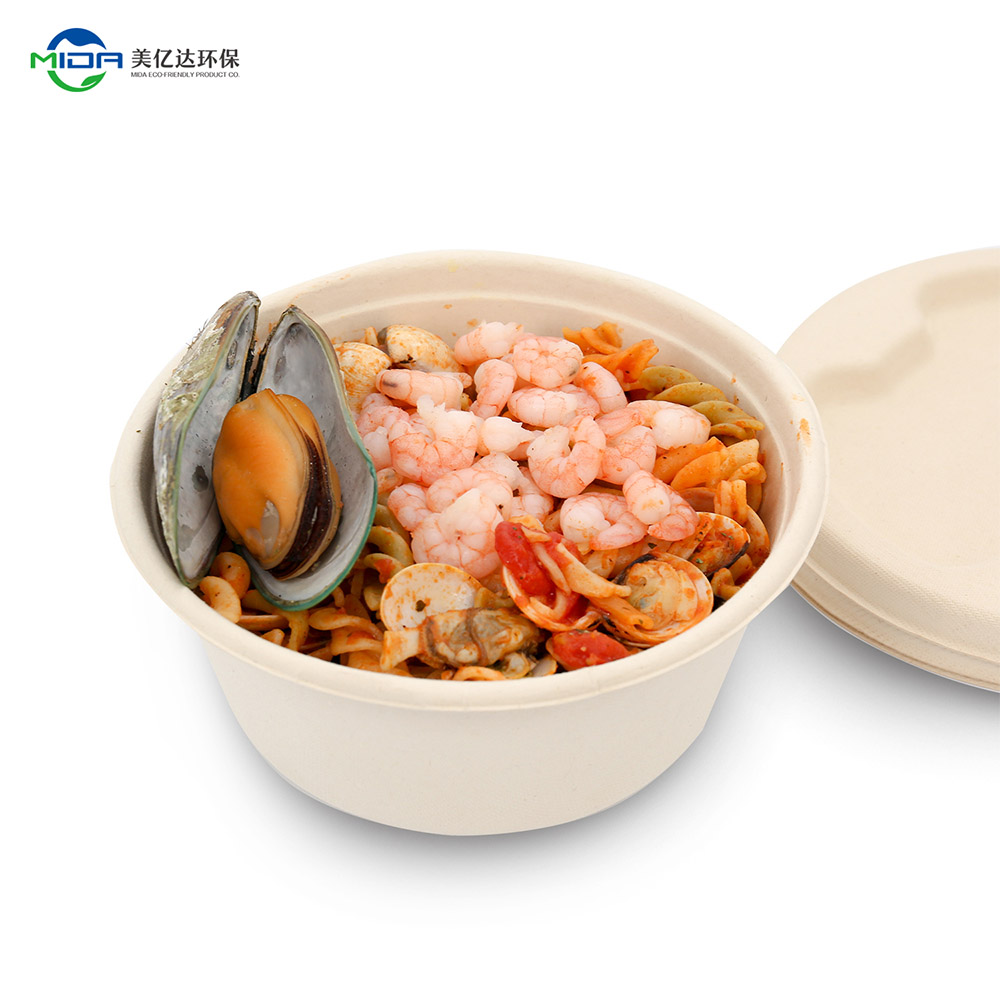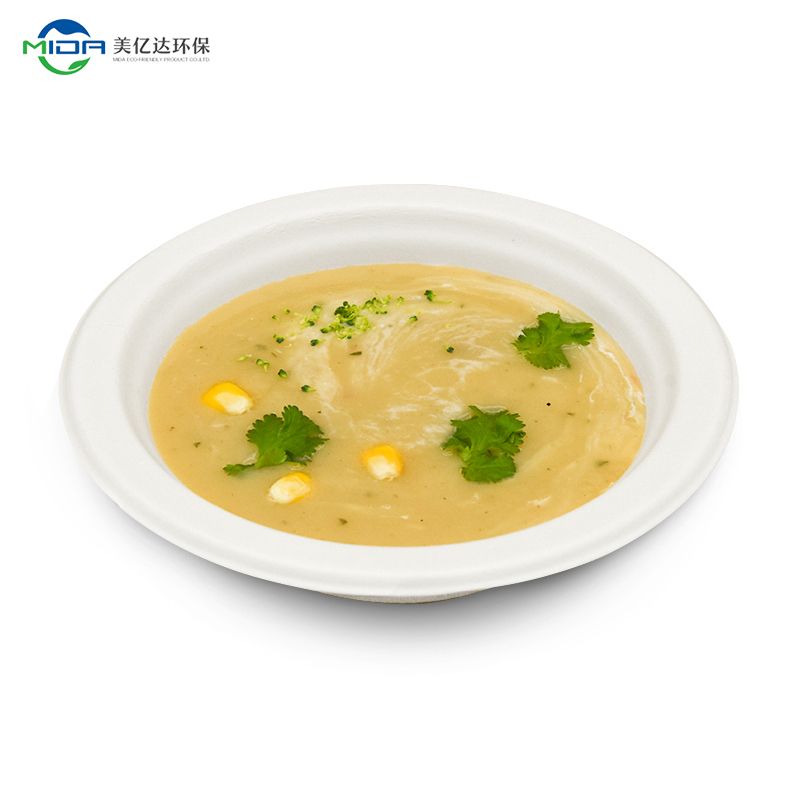In the bustling realm of gastronomy, fast food has transcended mere sustenance to become a cultural phenomenon. Amid the tantalizing flavors and rapid service, an unsung hero emerges in the form of fast food packaging.
The unassuming exterior that houses these culinary delights holds a deeper significance that resonates with both practicality and visual appeal, shaping our experiences in ways often overlooked.
Functional Efficiency and Design Innovation
Ensuring Optimal Food Preservation
Beyond the apparent role of containment, fast food packaging serves as an essential guardian of the culinary quality within. Employing advanced materials with moisture-resistant properties and microventilation channels, packaging shields the fare from the perils of sogginess while retaining heat and flavors. The complex interplay of temperature control and moisture regulation ensures that crispy remains crisp and hot retains its sizzle.
Ergonomic Design for User Convenience
Packaging extends its influence beyond the confines of taste, for it is the first tactile interaction patrons have with their eagerly anticipated feast. Innovations in ergonomic design transform packages into handheld treasures, offering a delicate balance between aesthetics and functionality. From foldable burger wraps that allow for gradual unwrapping to one-handed French fry containers, every curve and fold is a carefully orchestrated symphony of user convenience.
reusable biodegradable burger fast food take away boxes
Branding Strategies and Visual Impact
Packaging as a Brand Ambassador
Fast food packaging isn't confined to culinary containment; it's an emissary of the brand itself. It whispers tales of the brand's ethos, values, and commitment to excellence. This is where the art of packaging merges seamlessly with marketing strategy. Each unwrapping ritual is an opportunity to leave an indelible impression on the senses, a miniature gateway into the brand's world.
The Art of Visual Storytelling
Colors, typography, imagery – these are the palettes of visual storytelling on fast food packaging. Vibrant colors evoke emotions, fonts whisper sophistication or playfulness, and imagery transports us to the heart of culinary craftsmanship. The packaging isn't just a shell; it's a canvas that narrates tales of flavor journeys and culinary craftsmanship, inviting customers to be a part of the narrative.

Environmental Sustainability and Packaging Choices
Tackling Waste with Eco-Friendly Materials
As the consciousness of environmental impact grows, so does the imperative to redefine the fast-food packaging landscape. Enter eco-friendly materials – biodegradable and compostable alternatives that mitigate the toll of disposability. Packaging derived from plant-based sources offers a harmonious solution, leaving a reduced footprint as it gracefully returns to the earth.
Balancing Aesthetics with Environmental Responsibility
The marriage of aesthetics and environmental ethics is a delicate ballet. While sustainable materials are integral, they must also embrace the essence of visual allure that fast food packaging demands. The challenge lies in crafting packaging that combines beauty with responsibility, reminding us that sustainability can be a captivating affair.
Conclusion
In summary, fast food packaging serves a dual purpose of functionality and artistic expression. It not only holds the food's flavor but also showcases the brand's story through its design. The packaging also plays a crucial role in preserving the food, providing convenience, promoting branding, and considering environmental sustainability.
As the culinary industry evolves and sustainability becomes more important, fast food packaging continues to adapt to balance form and function. In a world where every bite is an experience, the packaging plays a vital role in the overall journey.







